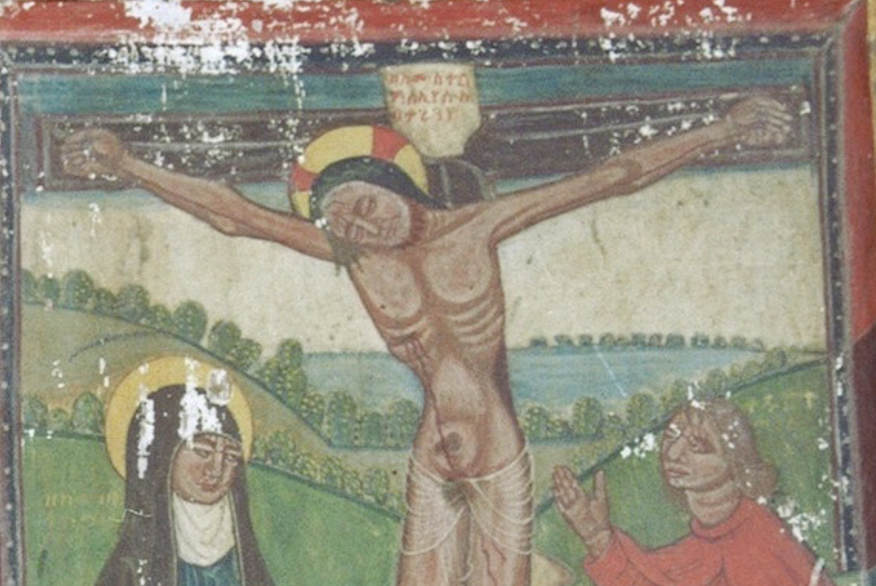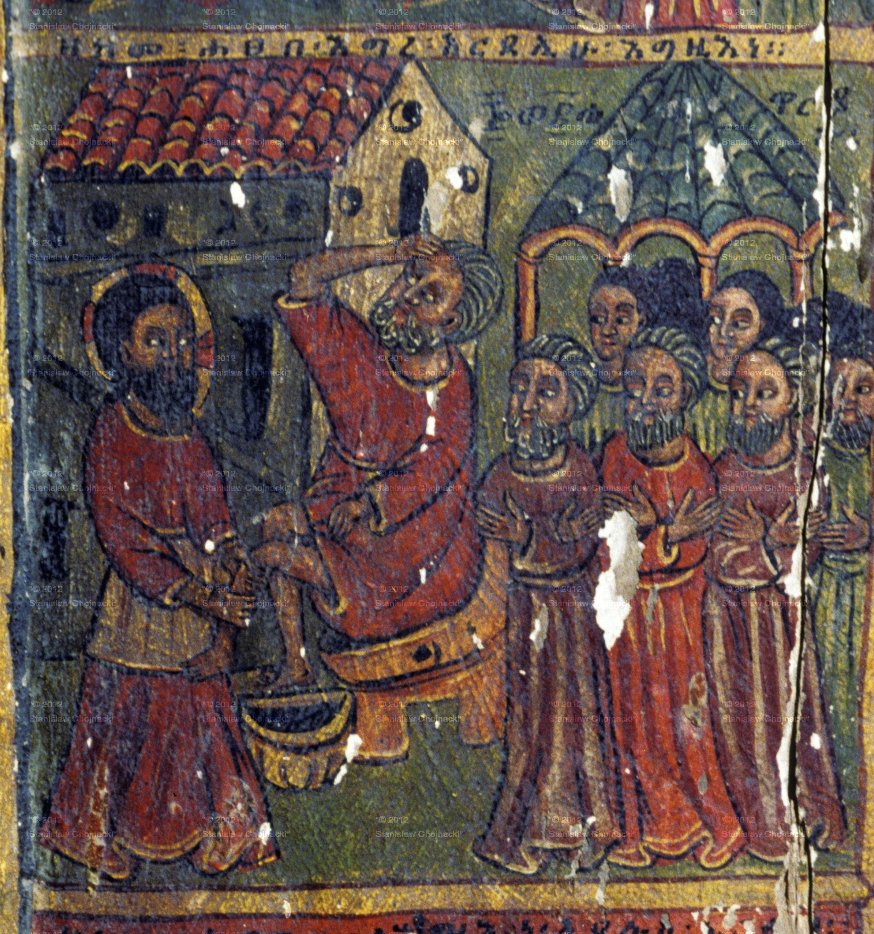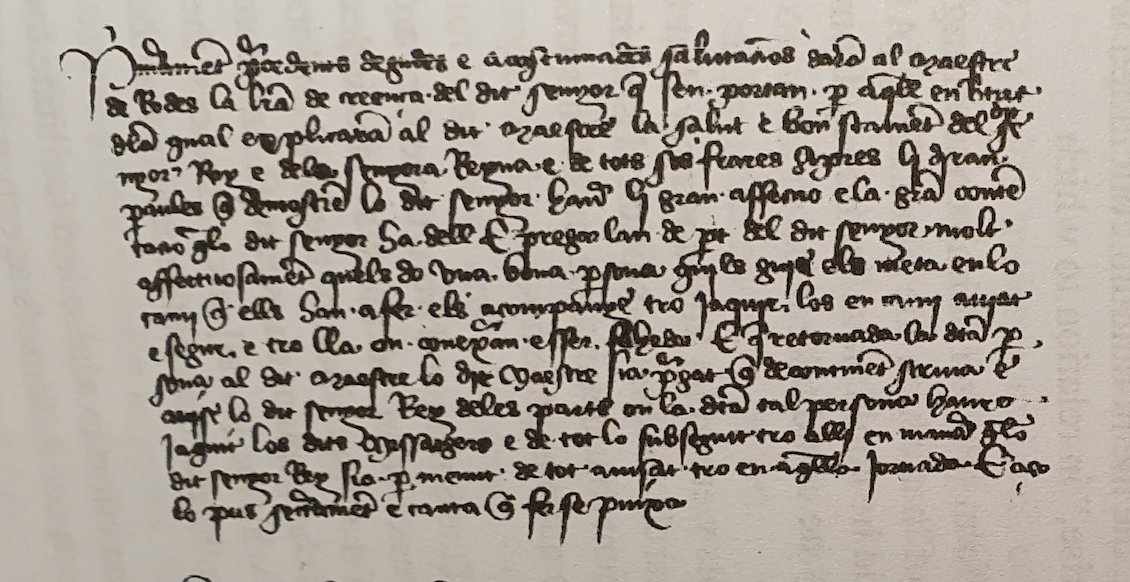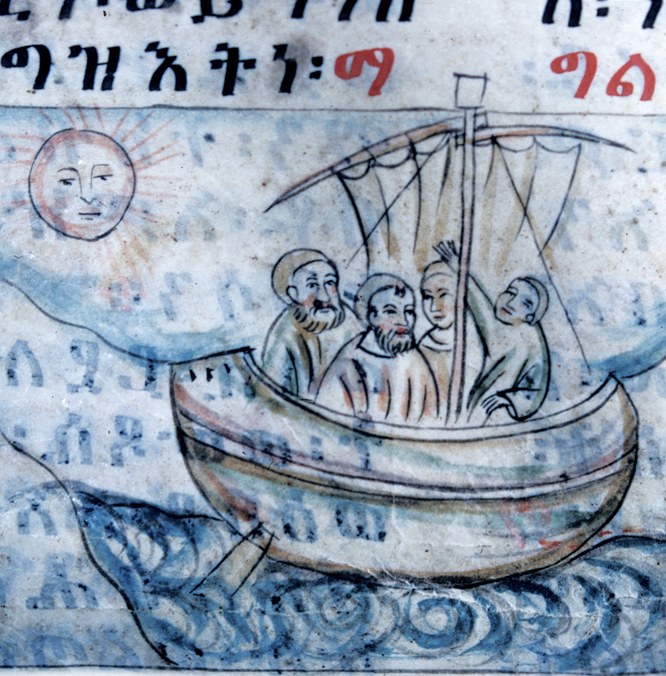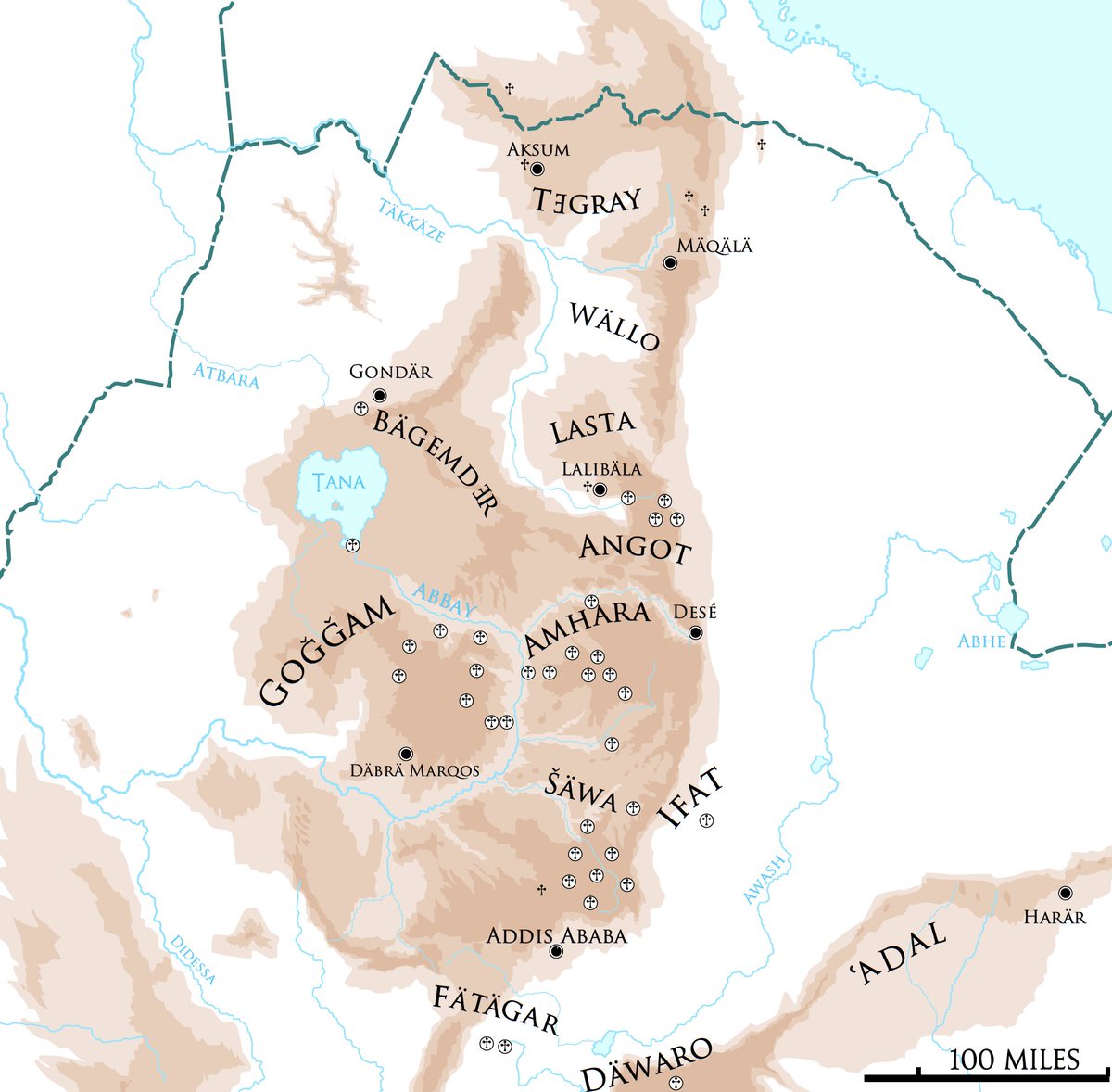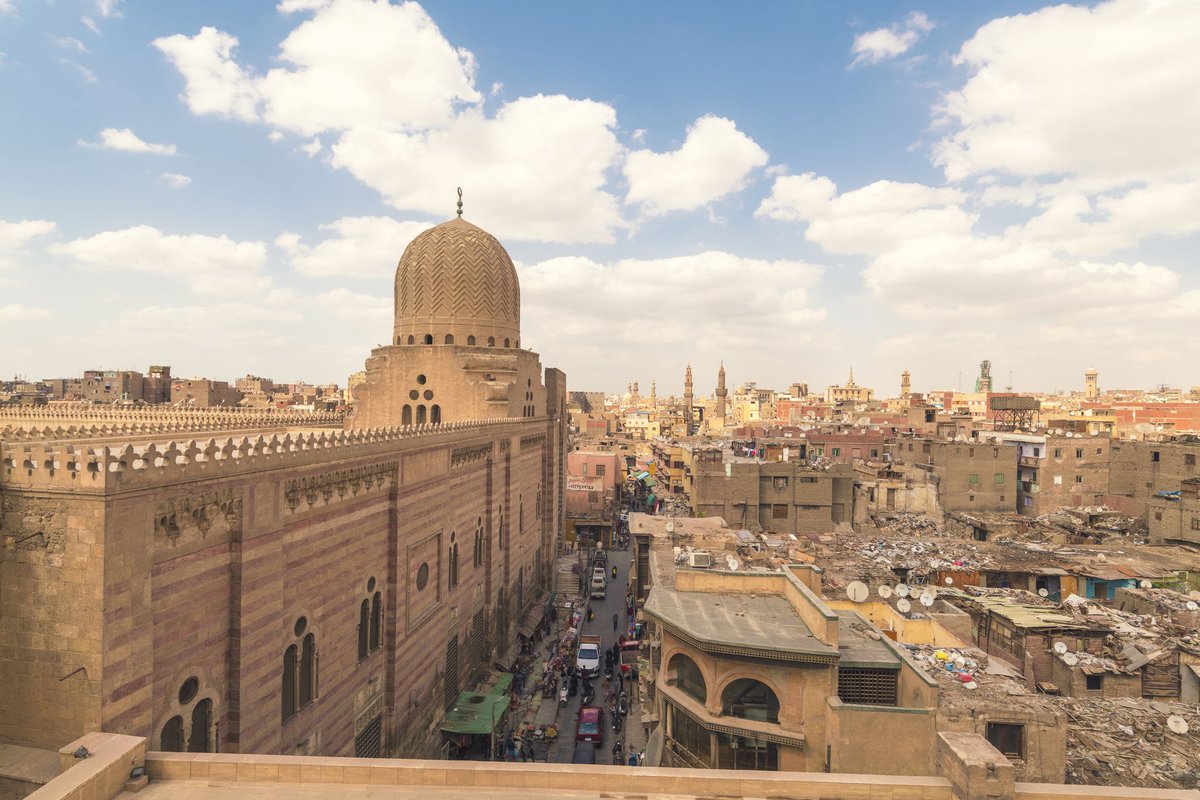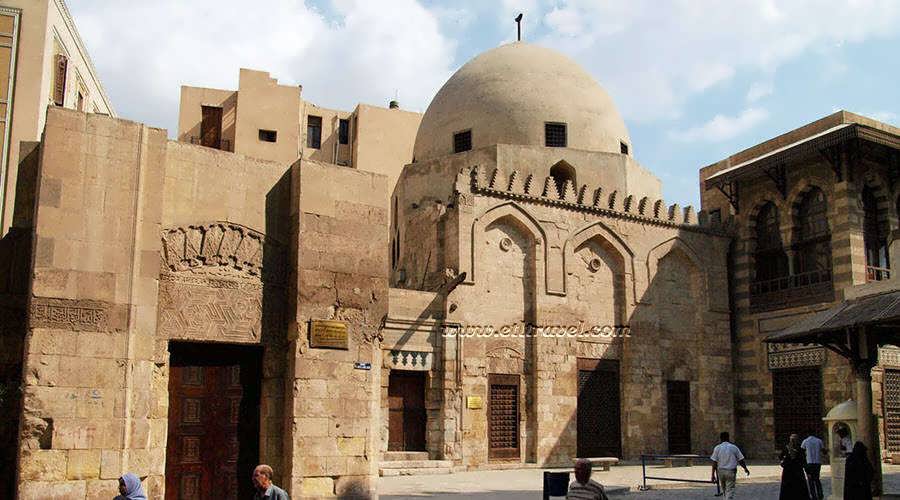Conspiracy! Fear! Loathing! Marriage! Relics! Spy-Craft! Public Execution! Gold!
I’m @KrebsVerena, your #Twittistorian this week. Today I’m bringing you the tale of the Ethiopian embassy to Valencia of the 1420s, & how interfaith contact & collaboration could end in … death.
I’m @KrebsVerena, your #Twittistorian this week. Today I’m bringing you the tale of the Ethiopian embassy to Valencia of the 1420s, & how interfaith contact & collaboration could end in … death.
2/ Yesterday, we covered how Solomonic king Dawit II sent several embassies to the Italian peninsula in the very early 1400s that resulted in spectacular returns for the Ethiopian ruler. Tw decades later, his son Yǝsḥaq would follow in his footsteps – https://twitter.com/Tweetistorian/status/1384452116455075842">https://twitter.com/Tweetisto...
3/ In scholarship, this diplomatic encounter was long understood as motivated by crusading ideology & martial means. But a recent source discovery radically challenges — and changes — our image of the encounter.
From what we can now reconstruct, what happened was this:
From what we can now reconstruct, what happened was this:
4/ in the late 1420s, aṣe Yǝsḥaq sent an embassy led by the Persian Muslim merchant Nūr al-Dīn ʿAlī al-Tabrīzī to Aragon. His task? Acquire rare & beautiful things from Latin Europe: a holy relic — a Nail of the True Cross — & golden jewels, crosses, bells, craftsmen & artisans
5/ Yǝsḥaq also proposed a double royal marriage between the Solomonic house & the Aragonese.
Alfonso V was ecstatic. He was very invested in the idea of this royal union, & put together his own mission to Ethiopia. His ambassador, Petrus, should see things along, & also ...
Alfonso V was ecstatic. He was very invested in the idea of this royal union, & put together his own mission to Ethiopia. His ambassador, Petrus, should see things along, & also ...
compile a ‘very secret report’ about the African Christian kingdom, which Alfonso assumed was the home of the mythical, powerful Prester John.
He was also tasked to enquire whether Yǝsḥaq could help him, militarily, & also… did the Ethiopians have some money for him in aid?
He was also tasked to enquire whether Yǝsḥaq could help him, militarily, & also… did the Ethiopians have some money for him in aid?
7/ Together with 13 masters of & #39;various skills’, Petrus set sail for Ethiopia in May 1428. Tragedy struck on the road (or rather: the sea). All died. Alfonso’s Aragonese mission never reached the Ethiopian highlands.
The original Ethiopian ambassadors didn’t fare much better.
The original Ethiopian ambassadors didn’t fare much better.
8/ They were arrested on their return journey through Mamlūk Egypt. An Ethiopian Muslim merchant based in Cairo, who was FURIOUS with Persian Muslim ambassador al-Tabrīzī, accused al-Tabrīzī of conspiracy — of facilitating crusading cooperation between Aragon & Ethiopia!
9/ Curious wares had been found in the embassy’s possession: ‘great amounts’ of ‘Frankish’ clothing richly embroidered with golden Christian symbols. 2 golden church bells. A letter ‘in the Ethiopian language’ demanding al-Tabrīzī obtain a relic, a Nail of the Cross, from Aragon.
10/ But the Ethiopian ambassador al-Tabrīzī had fallen afoul of the Mamlūks before — he had traded Egyptian horses & arms to the Ethiopians,
used by the Solomonic king to fight the nascent Sultanate of ʿAdal, a free Muslim principality that aṣe Yǝsḥaq considered his tributary.
used by the Solomonic king to fight the nascent Sultanate of ʿAdal, a free Muslim principality that aṣe Yǝsḥaq considered his tributary.
11/ We may imagine why an Ethiopian Muslim trader in Cairo was *furious* with al-Tabrīzī, a fellow Muslim. The Mamlūk authorities had warned al-Tabrīzī before. Now, the perfect opportunity presented itself: al-Tabrīzī was accused of ‘playing with two religions’ &...
12/ ‘importing weapons into an enemy country’.
In March 1429, he was brought before the Mālikī chief justice. High-ranking Mamlūk officials testified against him. Al-Tabrīzī failed to adequately explain himself. Within a day, he was found guilty, condemned to death — &
In March 1429, he was brought before the Mālikī chief justice. High-ranking Mamlūk officials testified against him. Al-Tabrīzī failed to adequately explain himself. Within a day, he was found guilty, condemned to death — &
13/ within days, paraded through the streets of Cairo while his charges & guilt were proclaimed.
The Persian declared his innocence, quoted Quranic passages, proclaimed the profession of faith…until his head was struck from his neck. The Ethiopian monks, meanwhile, were let go
The Persian declared his innocence, quoted Quranic passages, proclaimed the profession of faith…until his head was struck from his neck. The Ethiopian monks, meanwhile, were let go
14/ A few days later, famed Islamic jurist Ibn Ḥajar tells us, the Cairenes learnt that it had all been a grand conspiracy. The Mamlūk Sultan was aghast. But it was too late.
We don’t know what happened to the wares...
We don’t know what happened to the wares...
15/ — the cross-embroidered garments, the bells, the jewels — found with al-Tabrīzī.
Maybe they reached Ethiopian king Yǝsḥaq, eventually. But the Ethiopian mission to Aragon of the 1420s had ended in utter tragedy, several times over.
Maybe they reached Ethiopian king Yǝsḥaq, eventually. But the Ethiopian mission to Aragon of the 1420s had ended in utter tragedy, several times over.
16/ And that’s it for the day. The whole episode is chronicled in excruciating detail in Chapter 3 of my book, & the new Ibn Ḥajar source was discovered by Julien Loiseau of Aix-Marseille University, who graciously shared his findings with me. FIN.
—vk https://www.palgrave.com/gp/book/9783030649333">https://www.palgrave.com/gp/book/9...
—vk https://www.palgrave.com/gp/book/9783030649333">https://www.palgrave.com/gp/book/9...

 Read on Twitter
Read on Twitter